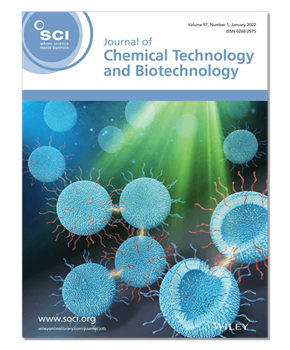JOURNAL HIGHLIGHTS BY Raquel Enciso Serradilla
The bacterium Staphylococcus aureus (S. aureus) is a major cause of illnesses worldwide. Traditional methods for detecting this pathogen often face hurdles in terms of speed, sensitivity, and specificity. Now, researchers have developed a novel optical aptasensing platform with consistent detection performance for monitoring of S. aureus which they are calling PathoSense.
S. aureus is a Gram-positive bacterium which the researchers note has ‘remarkable environmental adaptability’ as well as the capability to produce various toxins, including enterotoxins, which make it a cause of severe foodborne illnesses, such as septicemia, diarrhea, and purulent infections.
In the US around 500,000 people are infected with it every year which means there is a need for simple, sensitive, specific detection approaches for this bacterium, according to the researchers from the Department of Chemical and Biomolecular Engineering at the University of Tennessee, USA.
Their technology, detailed in a recent study published in the Journal of Chemical Technology and Biotechnology, uses copper nanoparticles (CuNPs) as a foundation for a sensitive biosensor. These CuNPs, characterised by their small size (around 40 nm) and stable structure, are integrated with a specially designed aptamer.
Aptamers are single-stranded DNA or RNA molecules that can bind to target molecules, in this case, the IsdA surface protein of S. aureus. Think of the aptamer as a molecular key that specifically fits the S. aureus lock.
An important element of PathoSense lies in its ‘gate’ mechanism. The aptamer is attached to the CuNP and interacts with a fluorescent signal probe, rhodamine 6G. In the absence of S. aureus, the aptamer keeps this gate closed, holding the rhodamine 6G close to the CuNP. When the fluorescent dye is near the copper nanoparticle, its fluorescence is quenched or significantly reduced.
However, when S. aureus is present, the aptamer preferentially binds to the IsdA protein on the bacterium’s surface. This specific binding action triggers the gate to open, releasing the rhodamine 6G from the quenching influence of the CuNP. As a result, the rhodamine 6G’s fluorescence is restored and can be easily measured. The intensity of this fluorescence signal directly correlates with the concentration of S. aureus present in the sample.
‘Quantitative detection of S. aureus is measured based on fluorescence intensity enhancement, making the sensing process easy, fast, and specific to S. aureus,’ the researchers noted.
According to the paper the aptasensors demonstrated a linear detection range of 10 to 1m colony-forming units per millilitre (CFU mL-1). It also achieved a detection limit of 1 CFU mL-1; this high sensitivity is vital for early detection and preventing widespread contamination.
The aptasensor exhibited high stability and reproducibility over a 7-day period, ensuring consistent detection performance, while detection of S. aureus in real milk samples at a concentration of 1 CFU mL-1 demonstrated its practical utility in a relevant food matrix.
‘With its label-free nature and detection efficacy, the aptasensor has the potential for use in real-time S. aureus monitoring, particularly in food manufacturing sites where routine pathogen detection is critical to promote food safety. The robust performance and unique design of the CuNP-based aptasensor mark a significant advancement in biosensing technologies,’ the researchers said.
PathoSense: a rapid optical aptasensing platform for monitoring Staphylococcus aureus in milk
Najeeb Ullah, Tracy Ann Bruce-Tagoe, George Adu Asamoah, Shokoufeh Soleimanib, Michael K. Danquaha
Journal of Chemical Technology and Biotechnology
doi 10.1002/jctb.7849






